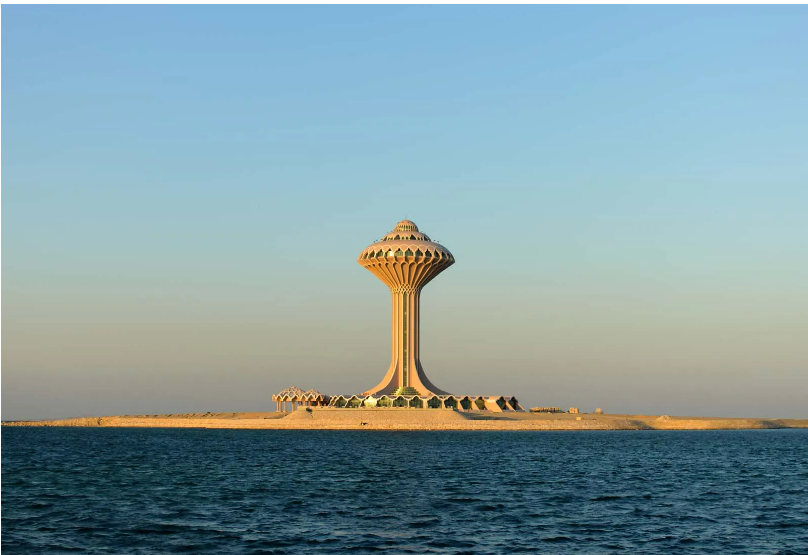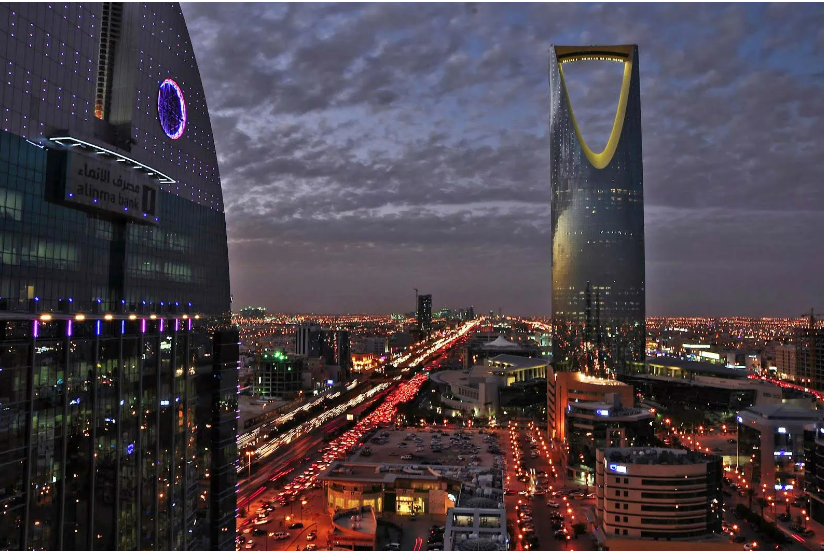SAUDI ARABIA-The union of Hejaz and Nejd

The Remarkable Transformation of Saudi Arabia: From Desert Nation to Global Player
In 1932, King Abdulaziz Al-Saud united the regions of Hejaz and Nejd to establish the modern Kingdom of Saudi Arabia, marking the beginning of an extraordinary transformation. This desert nation rapidly evolved into a sophisticated and influential player on the international stage.
The Kingdom's roots can be traced back to King Abdulaziz's military conquests from 1902 to 1926. He established an absolute monarchy, rooted in an alliance forged in the 18th century between the Al Saud family and the Wahhabi sect of Islam.

This alliance provided the monarchy with legitimacy and a religious foundation.
The formal creation of the Kingdom of Saudi Arabia occurred on September 23, 1932, through a royal decree. The union of Hejaz and Nejd marked a significant moment in Saudi history, consolidating power and resources. This momentous event led to the official adoption of the name "al-Mamlakah al-ʿArabīyah as-Saʿūdīyah."

The Kingdom's transformation since its inception has been nothing short of astonishing.
It has evolved from a primarily desert-based economy to a modern state with a diversified economy, fueled by its vast oil reserves. This economic prosperity has enabled Saudi Arabia to become a major player in global politics, finance, and industry.
Today, Saudi Arabia plays a pivotal role in the Middle East and on the world stage, with a growing emphasis on economic diversification, social reforms, and diplomatic engagement

